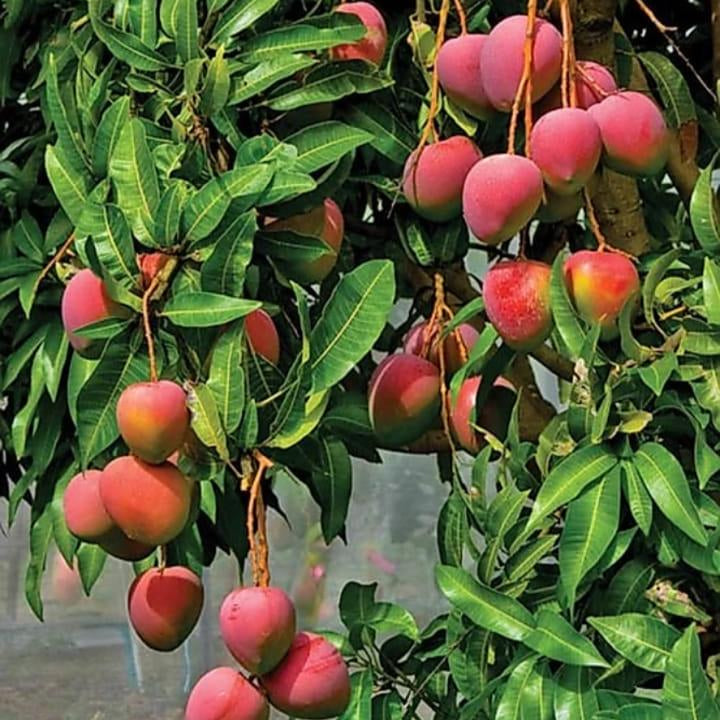Love it? Add to your wishlist
Your favorites, all in one place. Shop quickly and easily with the wishlist feature!
[message]
[title]
[message]







Veliyath Gardens
Couldn't load pickup availability
The Red Palmer Mango, also referred to simply as "Palmer," is a large, late-season mango variety that originated in South Florida. Known for its vibrant reddish-yellow skin, minimal fiber content, and exotic tropical aroma, this mango is celebrated worldwide for its delectable sweetness and versatility. Its unique attributes, coupled with its nutritional and cultural significance, make it a prized fruit for gardens, kitchens, and health-conscious individuals alike.
The Red Palmer Mango is much more than a fruit; it’s a symbol of nature’s bounty, health, and cultural richness. Its luscious sweetness, nutritional value, and versatility in the kitchen make it a prized possession for any garden or orchard. By adding a Red Palmer Mango tree to your life, you not only embrace a delicious fruit but also a legacy of flavor, health, and sustainability. Don’t miss the chance to experience this tropical treasure firsthand.
Climate: Prefers warm, tropical, or subtropical climates; requires plenty of sunlight.
Soil: Well-drained sandy or loamy soils with a neutral pH.
Watering: Regular watering is crucial during the initial growth phase and flowering seasons.
Protects Vision: Rich in Vitamin A and beta-carotene, preventing night blindness and other eye issues.
Promotes Skin Glow: Antioxidants and Vitamin C rejuvenate skin and combat signs of aging.
Aids Weight Management: Low in calories and rich in fiber, making it a healthy snack option.
The Red Palmer Mango, also referred to simply as "Palmer," is a large, late-season mango variety that originated in South Florida. Known for its vibrant reddish-yellow skin, minimal fiber content, and exotic tropical aroma, this mango is celebrated worldwide for its delectable sweetness and versatility.








